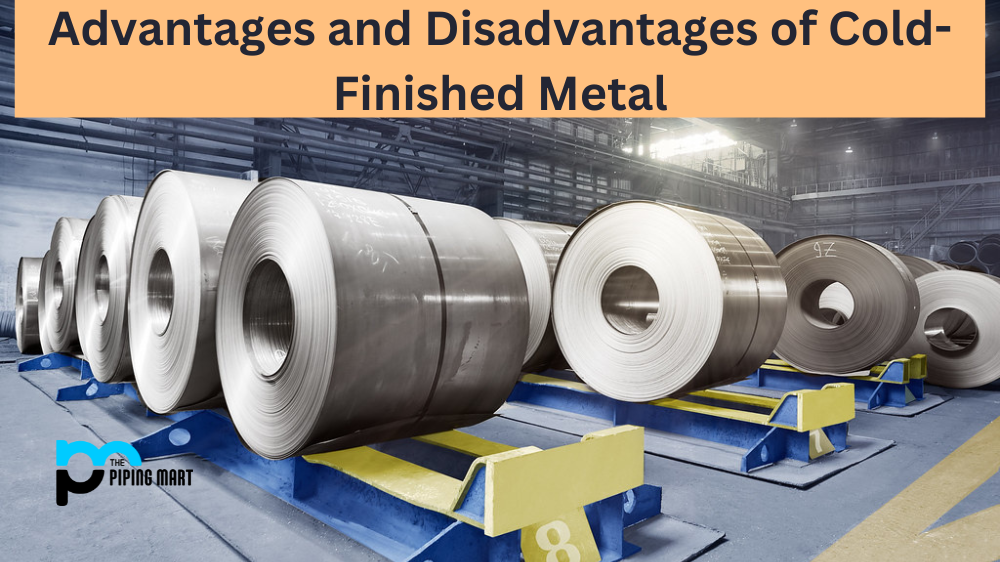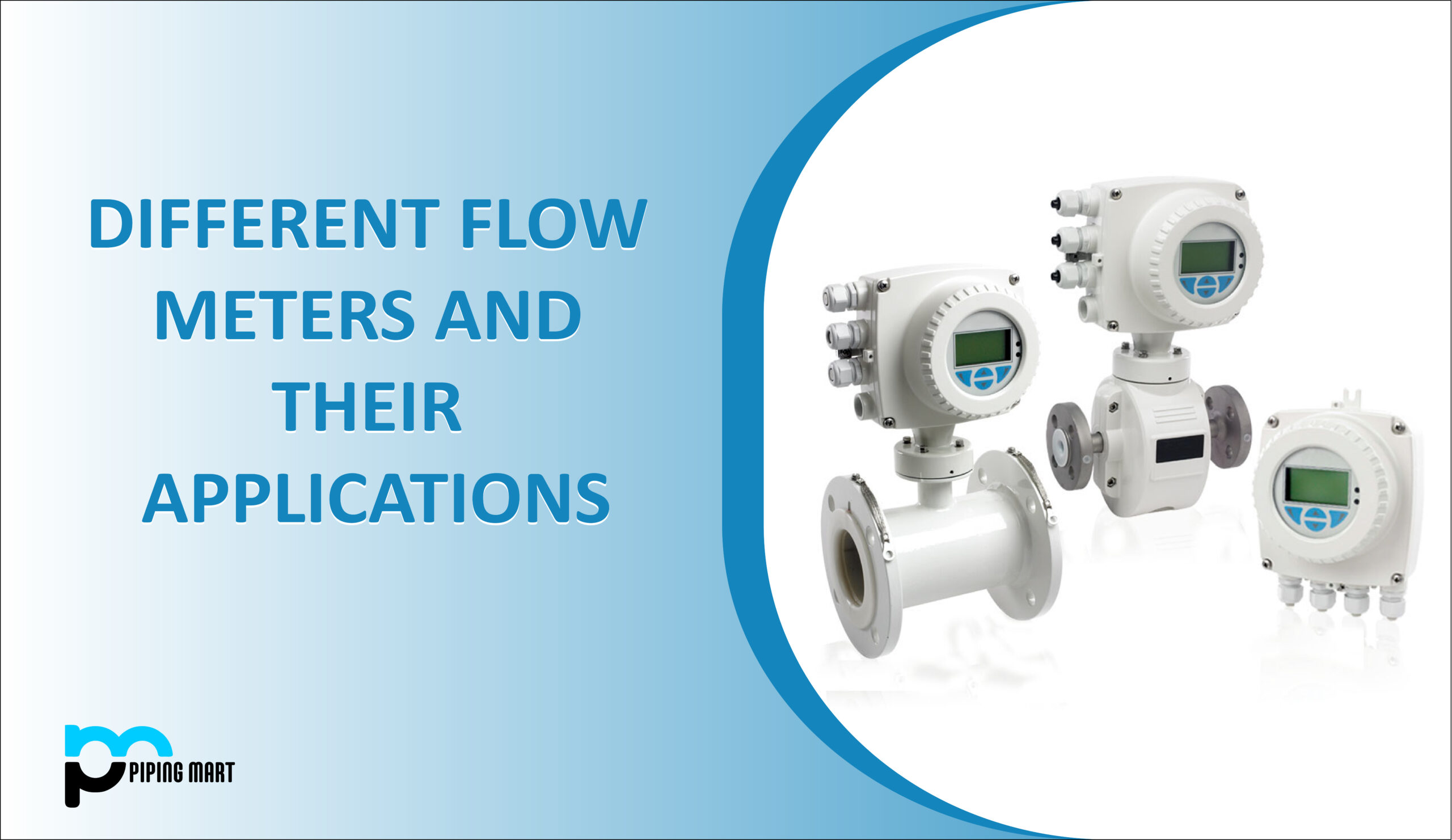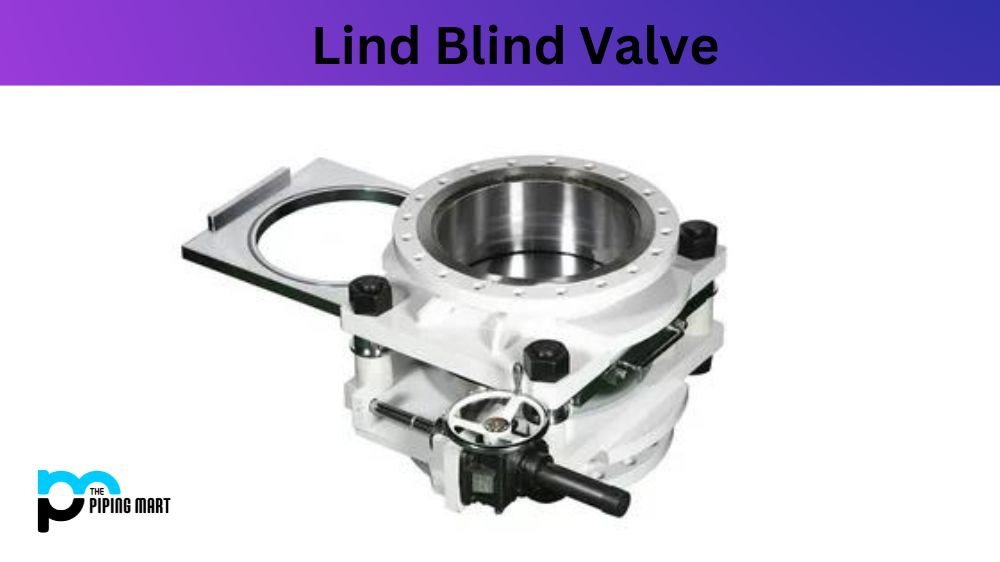In a wide range of industries, winterization metal is becoming increasingly popular. This type of metal offers superior strength and durability in extreme temperatures, making it an ideal material for outdoor structures and other applications exposed to harsh weather conditions. While there are many advantages to using winterization metal, there are also some potential drawbacks that should be considered before making the decision to use it. Let’s take a closer look at the pros and cons of this unique material.
Advantages of Winterization Metal
First and foremost, winterization metal offers superior strength and durability in extremely cold temperatures. This makes it ideal for outdoor structures that need to stand up against harsh weather conditions such as snow, ice, wind, rain, and hail. It also has excellent corrosion resistance compared to regular steel or aluminum. This means that your outdoor structure will last longer without having to worry about rusting or corroding due to exposure to harsh elements. Additionally, winterized metal has a higher melting point than traditional metals, which allows it to handle higher temperatures without deteriorating or becoming compromised over time.
Another advantage of using winterized metal is its ability to maintain its strength even when exposed to high levels of humidity or moisture. This makes it well-suited for applications where moisture will be present on a regular basis, such as swimming pools or boats. Finally, this type of metal is typically less expensive than traditional materials due to its increased durability and strength-to-weight ratio.
Reduces the Risk of Burst Pipes
One of the primary advantages of winterizing your metal pipes is that it reduces the risk of them bursting. This is because water expands when it freezes, and this expansion can cause metal pipes to rupture. By winterizing your pipes, you can help to prevent this from happening.
Helps to Prevent Water Damage
Another advantage of winterizing your metal pipes is that it helps to prevent water damage. This is because when water freezes, it can cause the pipes to burst and leak. This can lead to water damage in your home, which can be costly to repair.
Saves Money on Energy Bills
Winterizing your metal pipes can also help you save money on your energy bills. This is because when water freezes, it takes up more space than when it is in its liquid form. This means that there is less room for heat to travel through the pipes, which can lead to higher energy bills.
Keeps Your Metal Pipes in Good Condition
Winterizing your metal pipes can also help to keep them in good condition. This is because when water freezes, it can cause the metal to expand and contract. This expansion and contraction can weaken the metal over time, making it more susceptible to breaking or leaking.
Helps You Avoid Plumbing Repairs
Finally, winterizing your metal pipes can help you avoid having to make plumbing repairs. This is because when water freezes, it can cause the pipes to burst and leak. If these leaks are not repaired, they can cause extensive damage to your home.
Disadvantages of Winterization Metal
One potential disadvantage of using winterized metal is that it can be more difficult to work with than traditional metals due to its enhanced strength properties. This means that you may need specialized tools or equipment in order to properly form or shape the material into the desired form factor for your project. Additionally, because this type of metal can become brittle in extremely low temperatures (below -20°F), special care must be taken when handling the material during installation or repair processes in order for it not to break or crack under pressure from tools or excessive force from workers. Finally, if you are looking for a specific colour finish on your project, then you may have difficulty finding one with winterized metals as they typically come in limited colour options such as black and grey/silver shades only.
- Winterizing your metal can be a time-consuming and tedious process.
- You will need to remove all of the dirt, grime, and rust that has accumulated on your metal over the course of the year.
- You will also need to apply a protective coating to your metal to prevent it from rusting or corroding over the winter months.
- Winterization can be expensive, as you will need to purchase special cleaners and coatings for your metal.
- If done incorrectly, winterization can actually damage your metal and shorten its lifespan.
- Winterization is not necessary if you live in an area with a mild climate.
Conclusion:
Overall, winterized metals offer many advantages over traditional materials, including superior strength and durability in extreme temperatures, along with excellent corrosion resistance capabilities. However, these materials may require specialized tools and knowledge when working with them due to their increased strength properties as well as the potential risk associated with them becoming brittle in extremely low temperatures below -20°F. Considering all factors involved when selecting the right kind of material for your project can help make sure that you get the best possible results while avoiding any potential issues along the way!

A passionate metal industry expert and blogger. With over 5 years of experience in the field, Palak brings a wealth of knowledge and insight to her writing. Whether discussing the latest trends in the metal industry or sharing tips, she is dedicated to helping others succeed in the metal industry.




